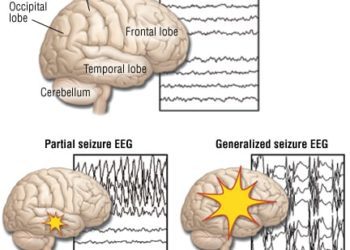Quick Take: Levetiracetam versus phenytoin for second-line treatment of convulsive status epilepticus in children (ConSEPT)
Convulsive status epilepticus (SE) is the most common life-threatening neurological emergency in pediatrics. It is associated with significant morbidity and mortality, with 22% of patients ultimately requiring intubation and intensive care unit admission. Benzodiazepines are used first-line in terminating seizure activity. However, when this fails, phenytoin is the current standard of care for second-line treatment. The evidence for using phenytoin, however, is limited to observational studies and expert opinion. Given the high risk of adverse neurological outcomes and potential adverse effects linked to the use of phenytoin, however, appropriately powered and designed randomized controlled trials are needed in evaluating this drug and others in second-line management of convulsive SE. In this randomized controlled trial, 233 children age 3 months to 16 years with convulsive SE that failed first-line benzodiazepine treatment were randomly assigned 1:1 to receive 20 mg/kg phenytoin (intravenous or intraosseous infusion over 20 minutes) or 40 mg/kg levetiracetam (intravenous or intraosseous infusion over 5 minutes) to determine which agent is superior as a second-line treatment for emergency management of convulsive SE in children. Researchers found that clinical cessation of seizure activity after 5 minutes of completion of infusion occurred in 60% of patients in the phenytoin group, as compared to 50% of patients in the levetiracetam group (risk difference -9.2%, 95% CI -21.9 to 3.5, p=0.16). One participant in the phenytoin group died at 27 days because of hemorrhagic encephalitis, however, this death was not attributed to the study drug. There were no other serious adverse events. This study therefore shows that levetiracetam is not superior to phenytoin for second-line management of pediatric convulsive SE.
Click to read the study in Lancet
Image: PD
©2019 2 Minute Medicine, Inc. All rights reserved. No works may be reproduced without expressed written consent from 2 Minute Medicine, Inc. Inquire about licensing here. No article should be construed as medical advice and is not intended as such by the authors or by 2 Minute Medicine, Inc.







